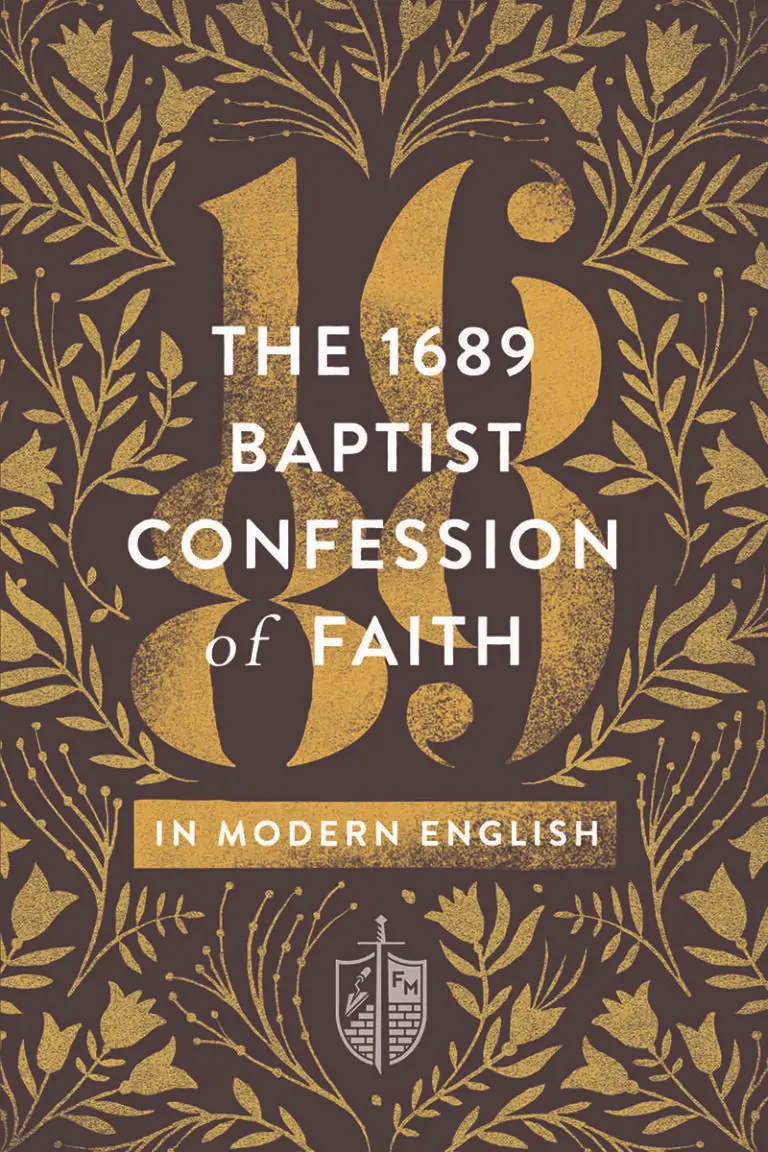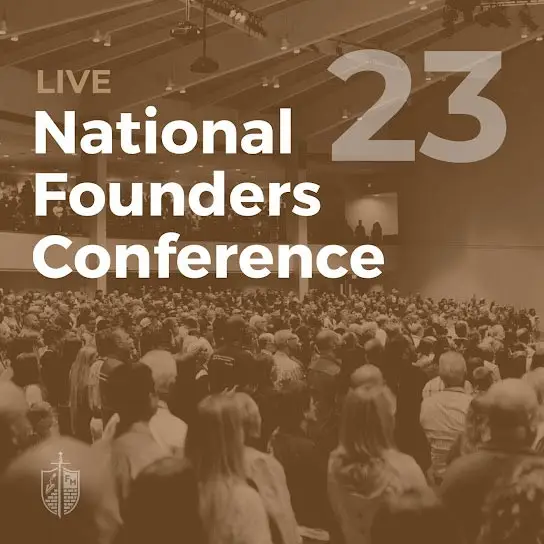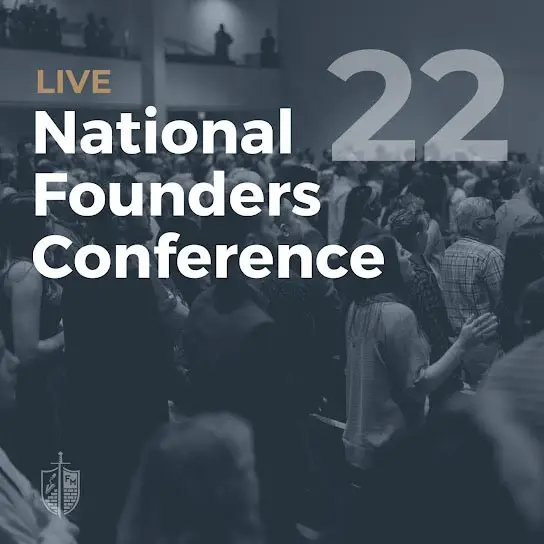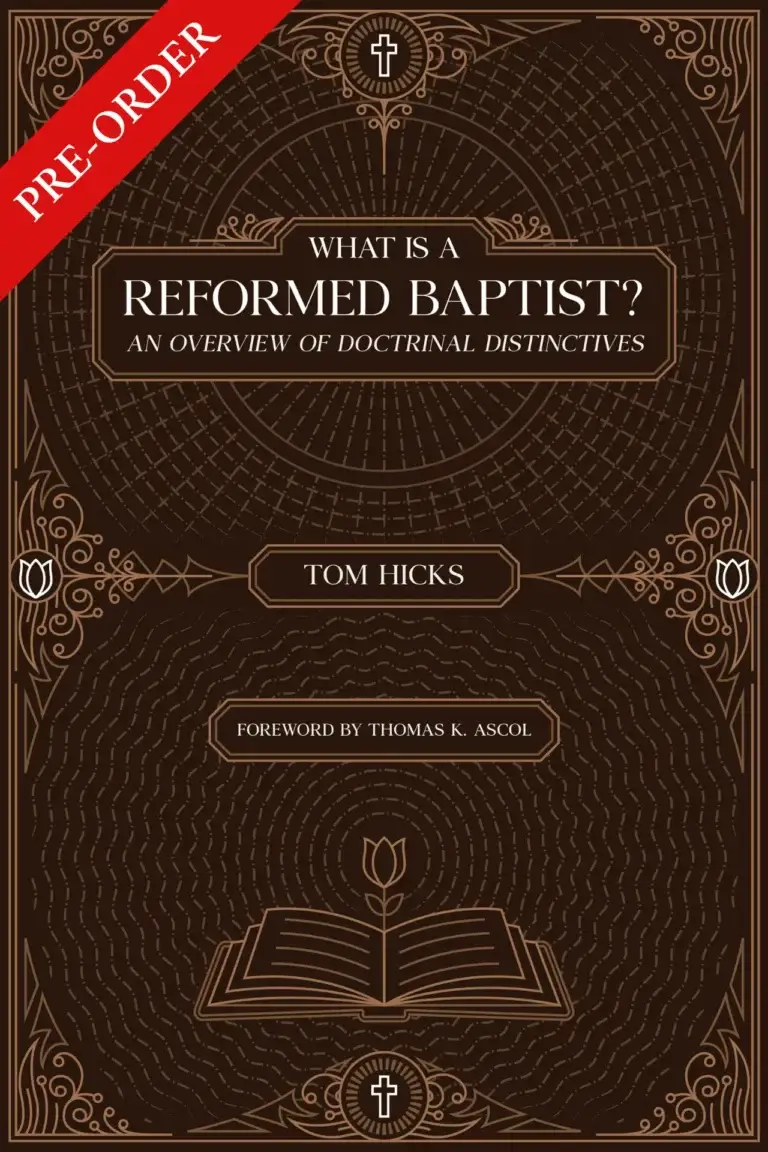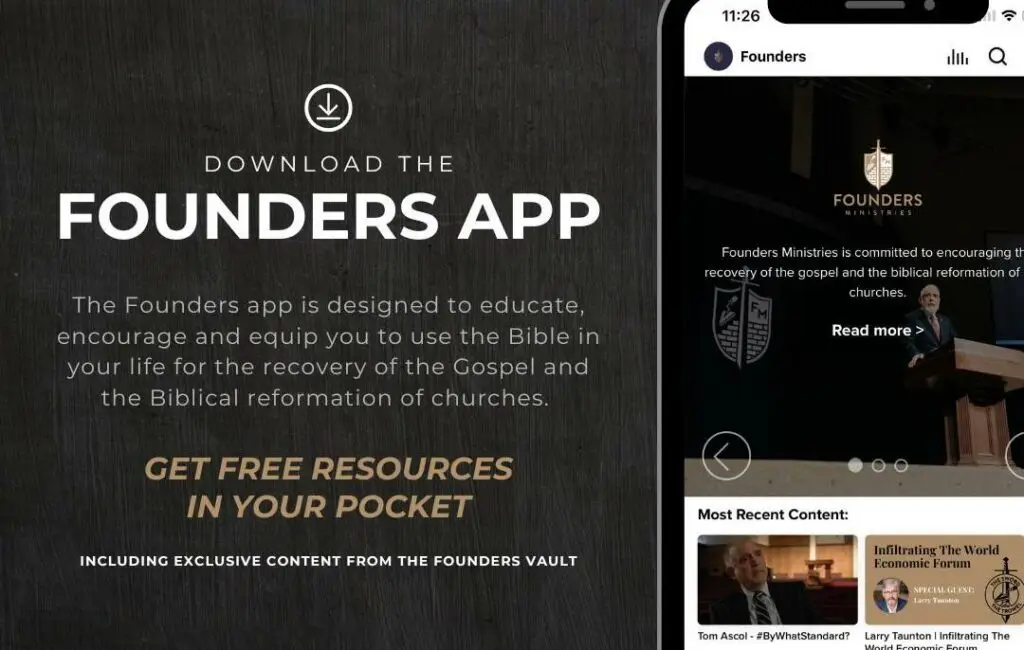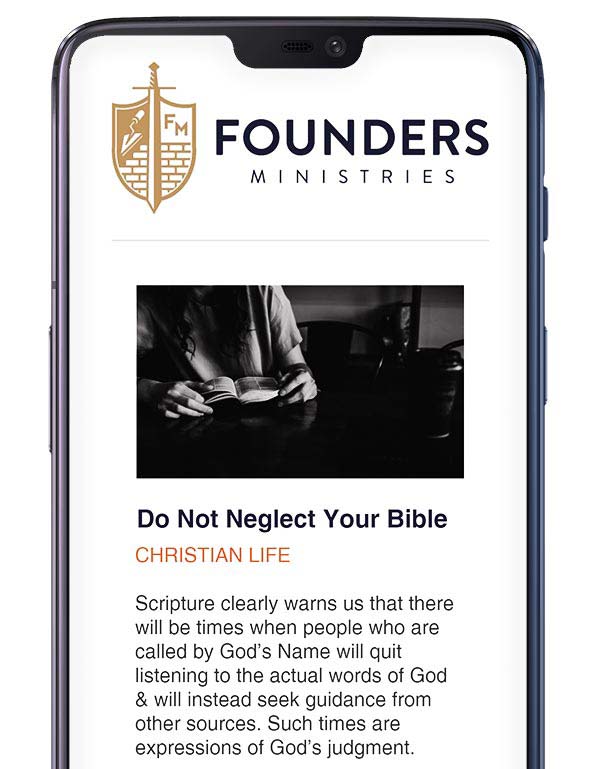Lesson Focus: This lesson is about the ultimate solution to grief: victorious life through Christ’s victory over death.
An Empty Tomb: John 20:1-10.
[1] Now on the first day of the week Mary Magdalene came to the tomb early, while it was still dark, and saw that the stone had been taken away from the tomb. [2] So she ran and went to Simon Peter and the other disciple, the one whom Jesus loved, and said to them, "They have taken the Lord out of the tomb, and we do not know where they have laid him." [3] So Peter went out with the other disciple, and they were going toward the tomb. [4] Both of them were running together, but the other disciple outran Peter and reached the tomb first. [5] And stooping to look in, he saw the linen cloths lying there, but he did not go in. [6] Then Simon Peter came, following him, and went into the tomb. He saw the linen cloths lying there, [7] and the face cloth, which had been on Jesus’ head, not lying with the linen cloths but folded up in a place by itself. [8] Then the other disciple, who had reached the tomb first, also went in, and he saw and believed; [9] for as yet they did not understand the Scripture, that he must rise from the dead. [10] Then the disciples went back to their homes. [ESV]
[1-2] The burial on Friday had been hurried. Luke notes that the women who had come with Jesus from Galilee went home and prepared spices and perfumes but rested on the Sabbath. Now, early on the first day of the week, they return to the tomb to complete their work. John identifies only Mary Magdalene, but the plural (we do not know) in verse 2 reveals the presence of others. Mary arrived at the tomb while it was still dark. This seems to conflict with Mark’s account, which reports that the women went to the tomb when the sun had risen [Mark 16:2]. A plausible answer is that Mary had hurried on ahead of the women and arrived somewhat earlier. Her strong affection for Jesus would get her to the tomb as quickly as possible. It is interesting that Mary of Magdala is mentioned only once in the Gospels apart from the crucifixion and empty tomb, yet she becomes the first person to see the risen Lord. In Luke 8:2 Mary is identified as one from whom seven demons had been expelled. It was not to the priests and religious officials that Jesus first appeared, but to a woman who in the eyes of the world was insignificant and without any kind of merit. God’s priorities are decidedly different from those held by society, both then and now. On arriving, Mary saw that the stone had been removed from the entrance. Mary leaves the garden scene and runs to Peter and the other disciple. Even after his denial of Jesus, Peter is still the leading figure among His disciples. The other disciple (mentioned already in 18:15-16) is explicitly identified here as the one whom Jesus loved. This means that the person reclining close to Jesus at the last supper in the upper room; the person providing Peter with access to the high-priestly courtyard; the person to whom care for Jesus’ mother is entrusted at the foot of the cross; the person featured along with Peter in chapters 20 and 21; and the Fourth Evangelist [21:24] are all one and the same individual. They have taken the Lord out of the tomb. Mary has no thought of resurrection. The Synoptics include additional narrative not recorded in John regarding the women’s encounter with angels at the tomb. That differences exist between the gospel accounts testifies to their validity as spontaneous evidence of witnesses rather than the stereotyped repetition of an official story. Had Mary remained at the tomb, she would have heard from the angel that Jesus had risen [Matt. 28:6], but in her haste to inform the disciples of the missing body she left before the events recorded in the other gospels took place. Since the robbing of tombs was a common crime in those days, it was natural for Mary to jump to the conclusion that the body of Jesus had been stolen.
[3-10] Both were running, but the other disciple ran ahead of Peter and came to the tomb first. The other disciple’s greater speed has been taken by some as an indication that he was the younger of the two, but any number of variables might account for contrasting foot speed. He bent over and saw the linen strips lying there. Apparently, by now there was enough daylight to see inside the burial chamber through the small, low opening in the cave tomb. The linen strips were sufficient evidence for the other disciple that the body had not simply been moved. Moreover, grave robbers certainly would not have left behind expensive linen wrappings or spices. The beloved disciples’ eyes then fell on the face cloth that had been around Jesus’ head. In contrast to Lazarus, who came out of the tomb still wearing his graveclothes [11:44], Jesus’ resurrection body apparently passed through the linen wrappings very much in the same way as He later was able to appear to His disciples in a locked room. John draws attention to the care that had been taken in the way the tomb was left. This rules out grave robbers, who would have acted in haste (and probably taken the linen wrappings with them). Also, it renders the Jewish story of the disciples stealing Jesus’ body highly implausible, because they likewise would hardly have left face cloth and linen wrappings behind. Finally, the other disciple saw and believed. John does not specify precisely what the other disciple believed (presumably, that Jesus had risen from the dead); nor is there any indication given as to Peter’s response. Yet the beloved disciple’s believing has no apparent immediate narrative impact. The reason for this is that he and Peter still did not understand from Scripture that Jesus must rise from the dead [9]. The point is that the disciple Jesus loved believed on the basis of seeing the empty tomb left in a certain condition rather than believing from Scripture. It did not take long, however, for the first apostles to understand the testimony of Scripture.
A Temporary Grief: John 20:11-15.
[11] But Mary stood weeping outside the tomb, and as she wept she stooped to look into the tomb. [12] And she saw two angels in white, sitting where the body of Jesus had lain, one at the head and one at the feet. [13] They said to her, "Woman, why are you weeping?" She said to them, "They have taken away my Lord, and I do not know where they have laid him." [14] Having said this, she turned around and saw Jesus standing, but she did not know that it was Jesus. [15] Jesus said to her, "Woman, why are you weeping? Whom are you seeking?" Supposing him to be the gardener, she said to him, "Sir, if you have carried him away, tell me where you have laid him, and I will take him away." [ESV]
[11-15] The disciples returned to their homes, but Mary remained outside the tomb weeping. The word used here indicates loud lamentation rather than quiet tears. The same word was used of the professional wailing at the tomb of Lazarus [11:33]. Standing there weeping, she stopped down and looked into the tomb. Perhaps she had been mistaken and the body was still there. But instead of seeing Jesus, she saw two angels dressed in white. They were seated one at the head and the other at the foot of the place where the body of Jesus had lain. To the angels’ question regarding her weeping Mary answers, They have taken away my Lord, and I do not know where they have laid him. Obviously someone had gotten there ahead of her and removed the body. If Mary does not seem frightened in the presence of angels, it should be remembered that she was in a state of emotional shock from discovering an empty tomb. Further, as a devout Jew she would have held a strong belief in the involvement of angels in the daily affairs of life. There is nothing harsh in the salutation, Woman. At this point, Mary turned and saw Jesus standing there but she did not recognize Him. What caused her to turn from the two angels and look behind her? The most plausible answer is that the sudden appearance of Jesus behind Mary was reflected in the faces of the angels, so it was natural for her to turn to see what was happening. Mary’s failure to recognize Jesus is not answered satisfactorily by holding that her eyes were filled with tears or that it was not yet broad daylight. The risen Christ did not always reveal Himself as He had been before His resurrection. Sometime later, Jesus appeared to His disciples while they were fishing, but they did not realize that it was Jesus [21:4]. When he joined the two disciples on the road to Emmaus, their eyes had to be opened before they recognized Him [Luke 24:31]. Mary’s inability to recognize the presence of her Lord, though He was right there at that very moment, is illustrative of the common experience of all too many believers in our day. May God open our eyes as He opened the eyes of Elisha’s servant at Dothan [2 Kings 6:17] to see that we have not been abandoned to the enemy but that God surrounds us with His protective love. Jesus asked Mary why she was crying and who it was she was looking for. Mary, assuming the one speaking to her was the gardener, asked that if he were the one who had taken Jesus away, would he tell her where he had put the body so that she could get it. The threefold repetition of him in verse 15 is worthy of note. Mary’s entire world at that moment had no room for anything but her Master.
A Joyful Recognition: John 20:16-18.
[16] Jesus said to her, "Mary." She turned and said to him in Aramaic, "Rabboni!" (which means Teacher). [17] Jesus said to her, "Do not cling to me, for I have not yet ascended to the Father; but go to my brothers and say to them, ‘I am ascending to my Father and your Father, to my God and your God.’" [18] Mary Magdalene went and announced to the disciples, "I have seen the Lord"–and that he had said these things to her. [ESV]
[16-18] Now we come to one of the most dramatic encounters recorded in Scripture. Jesus says but one word: Mary. On hearing her name, Mary suddenly realized that it could be none other than Jesus. She had seen Him placed in the tomb as a lifeless corpse. But now He spoke. He was alive! We know from John 10 that when the good shepherd calls His sheep, they know His voice. Mary belonged to His flock and, turning to Him, she cried out, Rabboni!, an Aramaic title explained by John as meaning, Teacher. Rabboni is a heightened form of Rabbi, reflecting both affection and highest regard. A more accurate rendering of the term would be, “My Master.” Calvin notes that in Mary we have an image of our calling. True knowledge of Jesus is when He intimately invites us to Himself, not with the voice that falls indiscriminately on the ears of everyone, but with the voice with which He calls the sheep the Father has given to Him. Jesus tells Mary, Do not cling to me. This is a better translation of the verb than the KJV, “touch me not.” The present imperative with the negative often means to stop doing something rather than to refrain from doing it. Mary is not stopped short in her tracks with a warning not to touch Jesus but is told that there is no necessity for her clinging to Him as though He would suddenly vanish. He explains, I have not yet ascended to the Father. The word for ascend is in the perfect tense and implies in this context that Jesus had not yet completed His ascension. Rather than hold on selfishly to Jesus, Mary is to go to Jesus’ brothers (a new and affectionate title for the disciples) with the glad news that He will be returning to the Father. The obligation to tell others is more important than the natural desire to display affection. The purpose of Jesus’ resurrection was not so that He could return to this world in triumph but so that He could return to God, having completed His redemptive ministry on behalf of humanity. The forty-day interval between Jesus’ resurrection and ascension was for the benefit of His followers. It established the necessary continuity between the earthly Jesus and the glorified Christ. The words I am ascending portray the ascension of Jesus as an event that stretched from His resurrection forward. The actual ascension was simply the outward and physical culmination of the process. While the final ascension was in one sense a separation from His followers, in another sense it inaugurated a new era of continuing fellowship. During the days of His earthly life, Jesus was only available if one went where He was; now He is wherever we are. The distinction between my Father and your Father and between my God and your God calls attention to the fact that while the disciples were the brothers of Jesus, their relationship to God the Father was not the same as His. Mary Magdalene complied with Jesus’ instructions and went to tell the disciples of her remarkable encounter with the risen Lord. Love demonstrates itself in the completeness of one’s obedience. Mary loved much and therefore obeyed without question.
Questions for Discussion:
1. Follow the events surrounding Mary Magdalene in these verses. List all the things she misinterpreted or misunderstood on this Sunday morning. Then one word spoken by Jesus changed all this and enabled Mary to then see clearly the events taking place. Why did this one word make such a change in Mary when the previous words of Jesus spoken to her had no effect on her?
2. In verse 8 what did John, the beloved disciple, see and believe? What was the cause of his seeing and believing? What information does verse 9 add to this event?
3. What evidence do you see in these verses for the historical reality of Christ’s resurrection? How do these verses help you answer someone who claims that the body of Jesus was stolen; that he was not really resurrected?
References:
John, Andreas Kostenberger, BENT, Baker.
The Gospel According to John, Leon Morris, Eerdmans.
The Gospel of John, Volume 3, James Montgomery
John, Robert Mounce, EBC, Zondervan.

